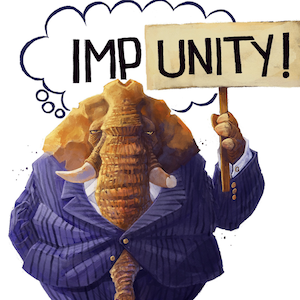To reduce Black-on-Black crime, two criminal justice experts explain why offering monthly stipends to people at risk makes sense
Published in Political News
To address underlying emotional and behavioral issues, participants are also connected with round-the-clock mentorship by staff counselors for at least 18 months. Other services include cognitive behavioral therapy to help manage aggressive and impulsive tendencies associated with violence.
In addition, gang rivals are paired together during sponsored trips to foster dialogue and humanize one another.
In California cities implementing Advance Peace, such as Richmond, Sacramento and Stockton, shootings decreased from 2018 to 2021, and the overwhelming majority of participants have avoided both gun violence and new arrests.
Research on these California cities shows that neighborhoods with Advance Peace programs saw a 5% to 52% decrease in the number of victims of gun violence in 2021 compared with 2018.
Black men under 35 also were involved in 15% to 42% fewer shootings across the three cities.
Opponents of the monthly stipend, including former Sacramento County Sheriff Scott Jones, have criticized the idea of paying people to obey the law as “cash for criminals.” They contend that this approach suggests compliance requires monetary incentives rather than personal accountability. While understandable, we believe these criticisms are misguided.
The objective is not to pay off potential offenders but rather to stabilize tumultuous lives and open avenues for personal and professional growth. It is challenging to develop these initiatives without stigmatizing recipients or creating dependency. But the harsh truth is that we either pay now or pay later.
Besides the loss of life and the trauma caused by gun violence, its massive economic burden extends beyond victims and their families. Recent estimates reveal that the financial toll of gun violence in the U.S. amounts to a staggering $557 billion annually, surpassing the gross domestic products of countries such as South Africa and Denmark.
These costs include immediate and long-term medical bills, legal expenses and lost earnings from victims’ death or disability.
To this point, another analysis found the potential shootings prevented by Advance Peace programs saved cities $67 million to $268 million in associated costs in 2022. But direct payments to participants offer only temporary relief.
To effectively break the cycle of violence, comprehensive efforts are needed to improve access to quality education, jobs, housing, health care and community development in inner cities. Initiatives that address community violence without tackling its underlying causes is akin to treating symptoms while ignoring the root causes of a disease.
Strategically investing in equal opportunities for upward mobility can create a society in which young Black men are less likely to turn to guns for empowerment and self-preservation. We view this investment as a small price to pay for the promise of safer cities.
This article is republished from The Conversation, a nonprofit, independent news organization bringing you facts and analysis to help you make sense of our complex world.
Read more:
Philadelphia has a lot more deadly shootings than expected for a big city − and NYC is much safer, new study says
Gun violence in the US kills more black people and urban dwellers
Thaddeus L. Johnson is a Senior Fellow with the Council on Criminal Justice.
Natasha N. Johnson does not work for, consult, own shares in or receive funding from any company or organization that would benefit from this article, and has disclosed no relevant affiliations beyond their academic appointment.







Comments